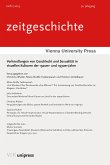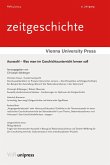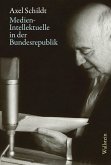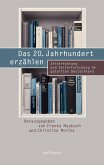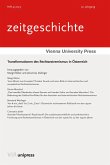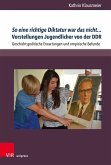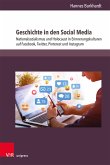Es mag zunächst überraschen, dass die Zukunft Bestandteil fast aller Geschichtsbücher für die Klasse 10 ist, die zwischen 1950 und 1995 in der Bundesrepublik Deutschland und der DDR erschienen sind. Hierbei handelt es sich um thematisch wie narrativ auffällige Elemente der Darstellungstexte. Doch wie konnten die Zukunftsnarrationen Eingang in das Geschichtsbuch finden? Auf breiter Quellenbasis untersucht die Autorin die verschiedenen Elemente und Akteure des Produktionsprozesses von Schulbüchern: Das Verfassen der Darstellungstexte durch die Schulbuchautoren sowie die Korrekturen seitens der Herausgeber und Verlagsredakteure schließt die Analyse ebenso ein wie die Gutachten und Zulassungsverfahren in den westdeutschen Kultusministerien und dem Ministerium für Volksbildung der DDR. It may be surprising that future is a topic in history textbooks. Between 1950 and 1995 almost every history textbook of the last grade in secondary schools in the Federal Republic of Germany and the German Democratic Republic includes parts describing the future. Furthermore, the analysis shows that these elements tell from other textbook parts by their semantic and narrative structure. This result leads to the question how (future) narrations find it's way in history textbooks. A detailed study explores the elements of producing a textbook: writing and correcting the texts by authors and publishers, working on textbooks in publishing houses and checking the authorization in ministries of education. Dr. Sabrina Schmitz-Zerres ist wissenschaftliche Mitarbeiterin am Lehrstuhl für Didaktik der Geschichte an der Universität Duisburg-Essen.
Dieser Download kann aus rechtlichen Gründen nur mit Rechnungsadresse in A, B, BG, CY, CZ, D, DK, EW, E, FIN, F, GR, H, IRL, I, LT, L, LR, M, NL, PL, P, R, S, SLO, SK ausgeliefert werden.



